Extramammary Paget's Disease Prognosis
Extramammary paget's disease prognosis. Prognosis and relationship to internal malignancy. Extramammary Pagets disease EMPD is a rare skin tumor typically presenting as an anogenital reddish patch andor nodule 1. We analyzed our experience for prognosis and impact of therapy on outcomes.
EMPD is generally considered a disease with good prognosis. Extramammary Pagets disease EMPD is a rare intraepithelial malignancy with poorly described outcomes. The lesions can become thick red scaly and crusty.
J Am Acad Dermatol. Extramammary Paget disease is a rare cancer related to Pagets disease of the breast but found around the anus and genitals of both men and womenmost commonly on the vulva of postmenopausal women. What Is Extramammary Pagets Disease EMPD.
Pain and bleeding may result from scratching the lesions. Role of multiple scouting biopsies before Mohs micrographic surgery for extramammary Pagets disease. The prognosis for extramammary Pagets disease secondary to underlying neoplasia is worse than when the disease has arisen primarily within the epidermis.
In general patients with extramammary Paget disease have a good prognosis with a 5-year overall survival rate of 7595. In 1889 extramammary Paget disease EMPD of the scrotum and penis was identified. Extramammary Pagets disease is a rare cutaneous malignancy characterized by scaly red patches that are sometimes pruritic in apocrine-bearing areas such as the axillae and groin.
However factors that may influence the prognosis may include its association with an underlying malignancy tumor spread and recurrence following surgery Who gets Primary Cutaneous Extramammary Pagets Disease. Pagets cells 5051 The histopathological findings are similar in mammary and extramammary Pagets disease. It depends on the prognosis of the underlying carcinoma.
Penile and scrotal involvements in extramammary Pagets disease EMPD are exceedingly rare with only small series or case reports having been reported in the literature. Long-term follow-up suggests that the disease has a good prognosis when it does not metastasise.
In 1874 Sir James Paget first described Paget disease of the nipple also known as mammary Paget disease.
Extramammary Pagets disease EMPD is a marginated plaque resembling Pagets disease but occurring in anogenital area axilla or most commonly on the vulva. We report a case in 62-year-old menopausal woman with lesions occurring on the perineal area. Long-term follow-up suggests that the disease has a good prognosis when it does not metastasise. We assessed incidence and time trends of EMPD in men as well as extent and predictors of survival using the Surveillance Epidemiology and End Results SEER program. Appert DL Otley CC Phillips PK Roenigk RK. Although mammary and extramammary Paget disease are both characterized by epidermal Paget cells and share a similar clinical presentation their uniqueness lies in anatomical location and histogenesis. Extramammary Pagets disease EMPD is a marginated plaque resembling Pagets disease but occurring in anogenital area axilla or most commonly on the vulva. Penile and scrotal involvements in extramammary Pagets disease EMPD are exceedingly rare with only small series or case reports having been reported in the literature. Extramammary Pagets disease EMPD is a rare intraepithelial malignancy with poorly described outcomes.
In general patients with extramammary Paget disease have a good prognosis with a 5-year overall survival rate of 7595. Pagets cells 5051 The histopathological findings are similar in mammary and extramammary Pagets disease. This cancer is slow-growingsometimes it is present for 10 to 15 years before it becomes noticeable. Extramammary Pagets disease EMPD is a rare intraepithelial malignancy with poorly described outcomes. Appert DL Otley CC Phillips PK Roenigk RK. Penile and scrotal involvements in extramammary Pagets disease EMPD are exceedingly rare with only small series or case reports having been reported in the literature. Although mammary and extramammary Paget disease are both characterized by epidermal Paget cells and share a similar clinical presentation their uniqueness lies in anatomical location and histogenesis.

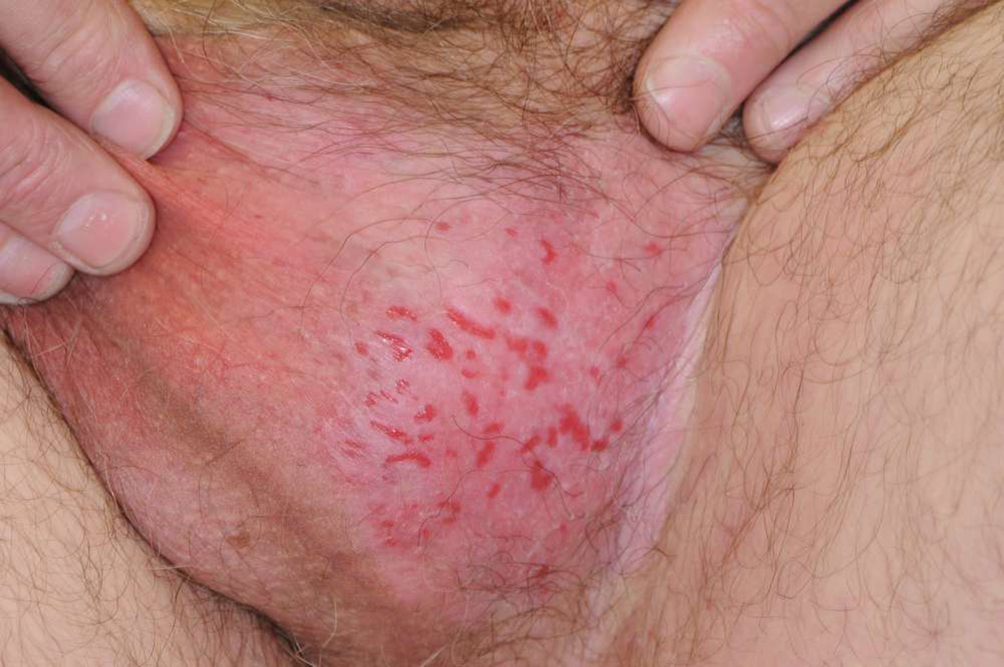


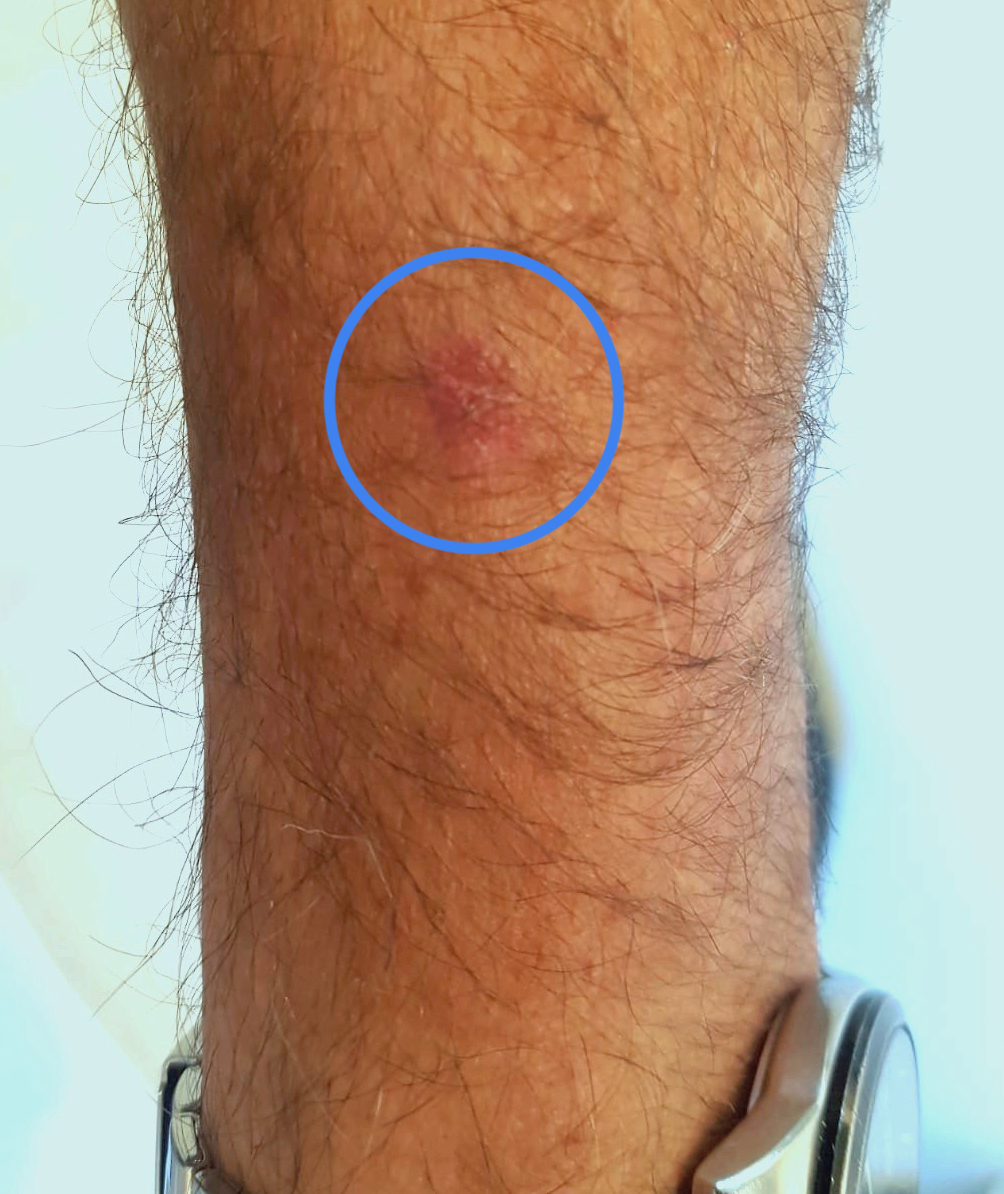
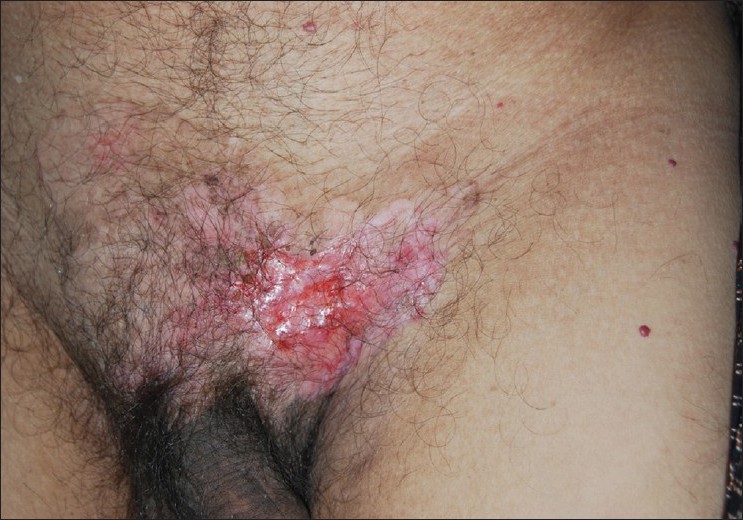





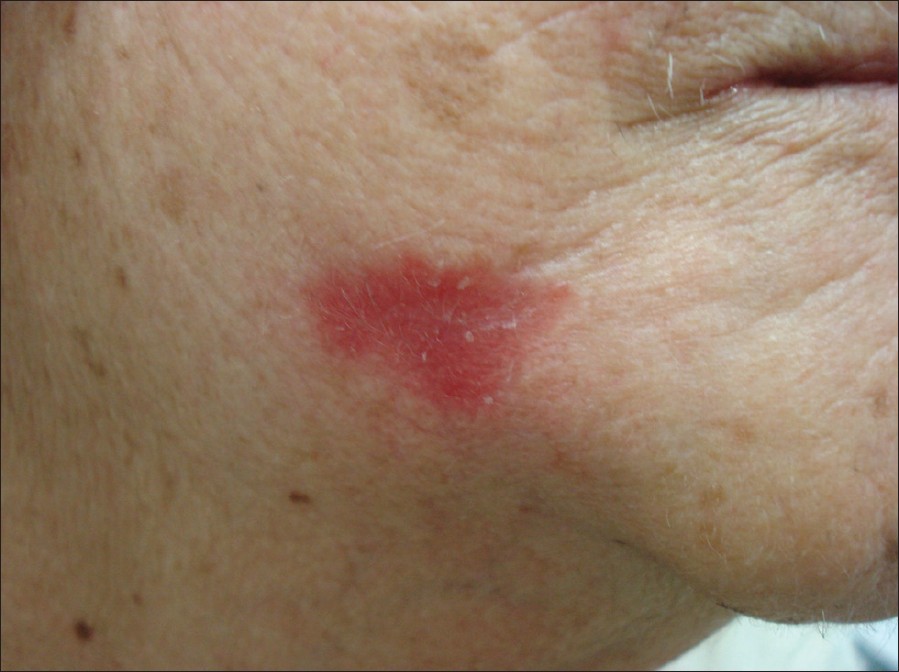
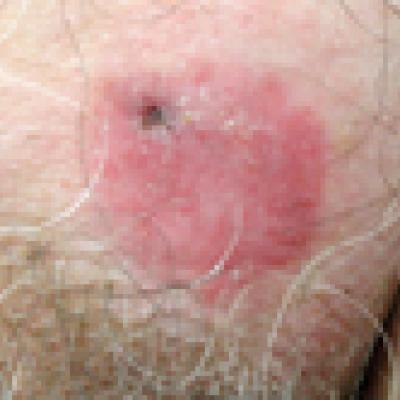






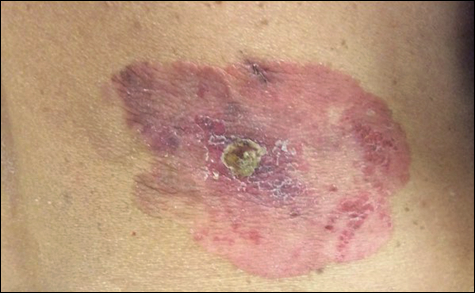
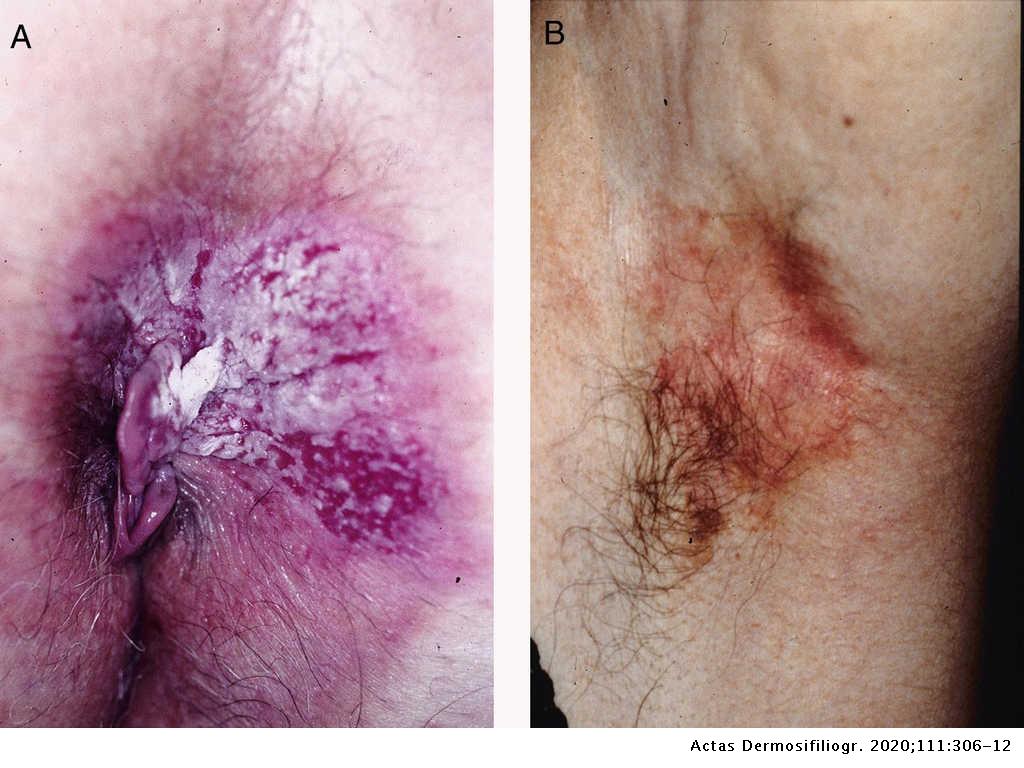

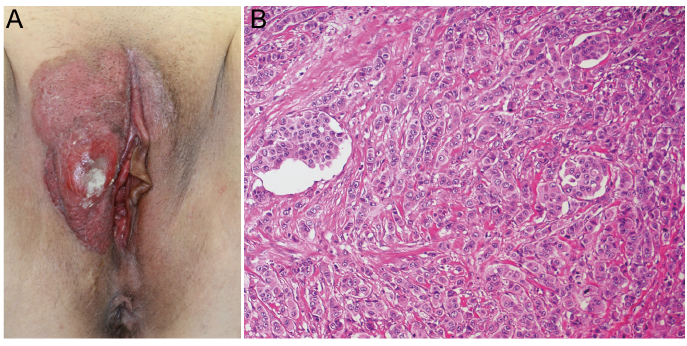

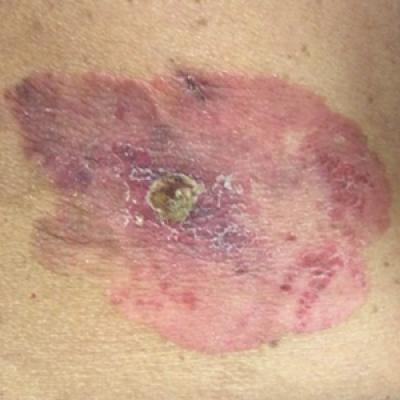






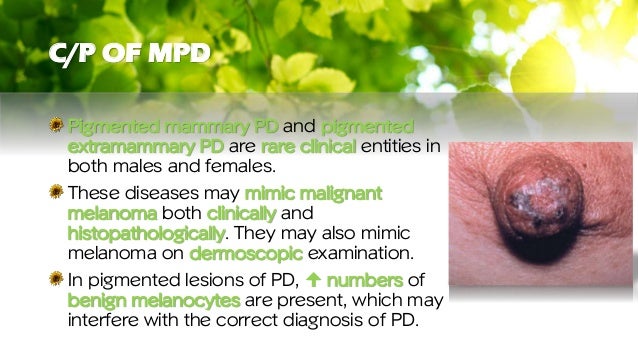




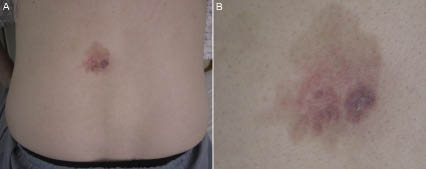
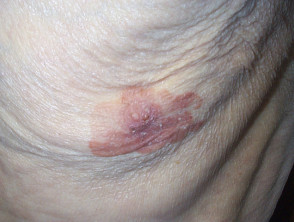


Posting Komentar untuk "Extramammary Paget's Disease Prognosis"